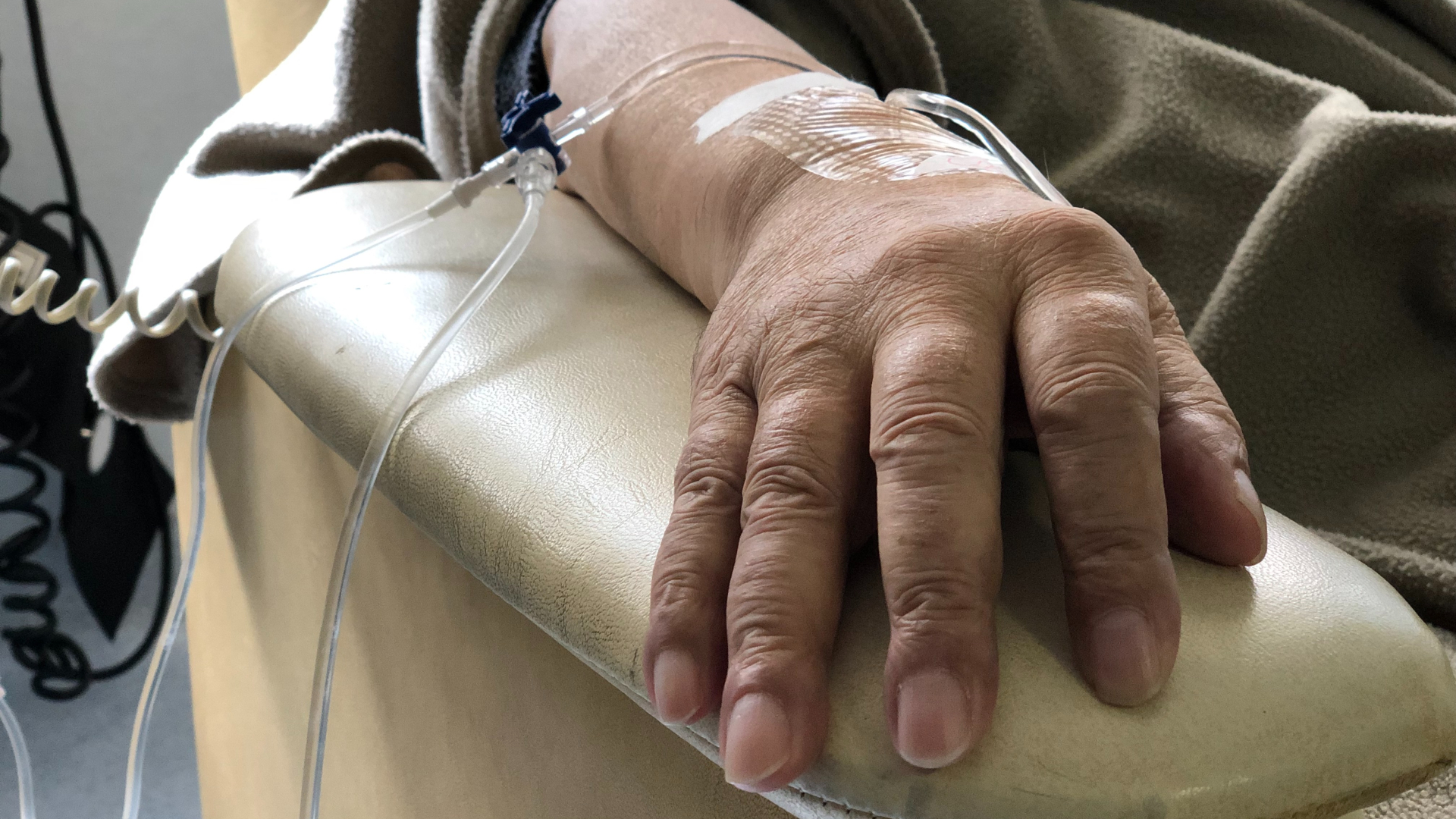Atrium Health issued the following announcement on Sep 5.
Despite the many advances in cancer treatment in recent decades, not all patient groups have benefited equally—earlier studies at Atrium Health Levine Cancer Institute (LCI) and other institutions have noted disparities in outcomes among cancer patients, namely, minorities, including African American, Latinx, Asian American, and Native American individuals. Strategies to reduce health disparity, not just in cancer care but across every area of healthcare, are greatly needed. Fortunately, more and more healthcare systems are implementing methods to improve health equity—and, importantly, measuring and sharing their effects on patient outcomes through scientific publication.
To this end, my colleagues at LCI and I recently published a study1 in the journal Cancer on the effects of equal access to high-quality cancer care – including the use of a specialized nurse navigator – and on outcomes in patients with aggressive large B-cell lymphomas (LBCL). These cancers within the lymphatic system, which include diffuse large B-cell lymphomas, high-grade B-cell lymphomas, and primary mediastinal B-cell lymphomas, are considered fatal if untreated, but also highly curable with effective, evidence-based treatments. Because LCI has had a relatively high rate of minorities who received hemopoietic stem cell transplant (HSCT) and/or chimeric antigen receptor T cell therapy (CAR T cell therapy) and enrolled in clinical trials for relapsed disease, compared to numbers reported more broadly, we were interested in determining whether this difference had an effect on patient outcomes – including survival – among minority vs. white patients.
Two hundred four patients, of whom approximately one-quarter were minorities and three-quarters white, were included in this study. Patients received treatment for initial and/or relapsed disease at LCI’s central location.
Over a median follow up of three-and-a-half years, we tracked a number of variables, including the types of treatments patients received, their participation in clinical trials, the number and type of encounters patients had with nurse navigators, and overall survival (OS) and progression-free survival (PFS). Regarding nurse navigators, “high-intensity” encounters were those in which nurse navigators provided higher levels of assistance to patients, particularly those who may be uninsured/underinsured or homeless, or who have lower health literacy and need additional help understanding or complying with their treatment plans.
The main finding was that OS and PFS were comparable between white and minority patients, which is noteworthy since to our knowledge this is the first study not to find disparities in these measures. Disease characteristics and prognostic scores were also similar between white and minority patients. Additionally, patients in both groups were equally likely to receive evidence-based treatments for frontline and/or relapsed disease—including HSCT, CAR T Cell therapy and participate in clinical trials. However, we also discovered some differences: while white and minority patients generally used nurse navigator services at equal rates, the patterns of use were different, so that there were significantly more high-intensity navigation encounters among minority compared to white patients. Some of the issues nurse navigators helped with were compliance with treatment, financial and insurance questions, and transportation. We also found that minority patients were more likely to be uninsured or have Medicaid, which is in line with previous research.
Additional work will be needed to understand the relationships more fully—particularly the role of the nurse navigator—and whether the results apply to other types of cancers and to other diseases altogether. In our study, we found that in aggressive B cell lymphomas, equal access to guideline directed care led to equal outcomes, most likely made possible due to heavy utilization of the nurse navigation program.
These results are important for health organizations to keep in mind, given the degree to which health disparities exist today, and were highlighted so starkly during the pandemic. Creative strategies to increase equity should be expanded—among its other initiatives, the LCI launched a Financial Toxicity Tumor Board2, a multidisciplinary effort to help reduce the cost of care for patients who can’t afford it or for whom it would be a serious financial burden. Everything from reducing the cost of cancer therapies to assistance with the cost of gas or help with enrollment in health insurance are part of addressing inequities in healthcare.
To borrow an expression, it takes a village to get a patient through cancer care; when there are socioeconomic and other inequities at play, it is that much more challenging. But the challenges are not insurmountable, provided that the healthcare community continues to implement effective, research-based strategies that allow every patient to benefit from the tremendous advances in cancer care.
Original source can be found here.

Source: Atrium Health



 Alerts Sign-up
Alerts Sign-up